I often get asked the question: how do you find your landscape photography locations? Typically, a lot of planning goes into my choice of locations and compositions, sometimes even months ahead of time. I start with research at home, which helps me narrow down potential spots. When I arrive on location, the hard work begins, as I further explore my options. With some persistence and luck, I’ll end up getting the shots as planned (although sometimes I end up with something completely different). With landscape photography, a little bit of curiosity goes a long way—especially when combined with obsessive planning and dogged persistence!
In this article, I am going to share my most important techniques for planning landscape locations, illustrated by some recent photographs taken while exploring the Lake Superior area of the United States.
Planning Makes Perfect
Whenever I return home from a photo trip, I spend a lot of time thinking about what I want to shoot next. I find that the Internet is a good starting point, and an invaluable tool when planning future photo trips. I occasionally monitor Pinterest boards, looking for random inspiring areas to catch my eye. Once a destination captures my attention, I’ll do some more focused research. Google Images can be particularly useful when pre-planning locations and compositions. It is important to note, however, that I’m not looking to copy other people’s photos; I review photos online just to get a sense of the potential an area has to offer.
Sometimes I will also review hiking or paddling guides for a location, especially when I am hoping to find something off the beaten path (and therefore off the radar screen of other photographers). Often, a reference in a guide will arouse my curiosity, causing me to inquire further—and sometimes this leads me to finding great scenery that hasn’t been photographed much (or at all) before.
If I find a reference to a potentially interesting landscape feature in a printed or online guide, it can often be a simple matter of doing some quick online research to find out what the landscape feature actually looks like, and exactly where it is. Once I have a good idea of what I am in for, I pack up my equipment and head out into the field.
Take in the View From 6,336,000 Feet
Once I’ve zeroed in on some possible locations, I like to consult satellite maps, which give me a better idea of the terrain. Almost all of the major map websites and apps offer a satellite view, which for many areas around the world can be surprisingly detailed. My hunt for interesting landscape locations usually also takes me to Google Earth, where I can study detailed satellite maps and even review user-posted photos.
I’ll also use The Photographer’s Ephemeris phone app, which not only gives me satellite imagery, but also shows me where sunrise and sunset will be. This is an invaluable tool both for my landscape pre-planning, and for determining which compositions will work—and which won’t—when in the field.
Nothing Beats Your Ground Game
Once all of the research and planning is done, I leave for my chosen landscape destination, armed with a list of potential locations and compositions. I usually have a few of the nearby famous photo icons on the list as backup locations should things go awry, but for the most part, I strive to get off the beaten path and find original compositions. Once I arrive, the scouting begins. I spend hours every day exploring my chosen area. Online research and satellite previews can only tell you so much; your will need to put your feet to work if you really want to find the best compositions. Often, my planned shots turn out to be unrealistic, so I quickly need to come up with some alternatives.
Wait for the Right Weather
After researching, exploring, and finding the best compositions, it is then simply a matter of being on location when the light is going to be best. But the research doesn’t end yet: once I have settled on a composition, I next research the weather. I voraciously review hour-by-hour forecasts and real-time satellite imagery using a weather app on my phone. That way, I know when and where I have the best chances to get amazing skies at sunrise and sunset. Many photographers also use a computer and phone app called Skyfire, which offers a predictive algorithm for photographers looking to optimize their chances of capturing stunning light.
Cross Your Fingers!
Weeks or even months of planning, hours of scouting, days of waiting for the right light and weather conditions—you’ve already done all the hard work, now comes the easy part: triggering the shutter. Hopefully, everything will come together for that perfect photo. If not, you might need to try again. If the shot works, then it is time to start all over and move on to the next location!
Want to learn more?
Related video: Planning for Your Spring Photography Shoot
Related video: Architectural Photography Location Scouting Tips
Related video: Photo Scouting in Landscape Photography
Related article: How to Prepare for a Photography Trip: Europe Edition
About the author: Whether hanging over the rim of an active volcano, braving the elements to photograph critically-endangered species, or trekking deep into the wilderness to places most people will never see, world-renowned professional photographer Ian Plant travels the globe seeking out amazing places and subjects in his never-ending quest to capture the beauty of our world with his camera. Ian is a frequent contributor to many leading photo magazines, Managing Editor of Outdoor Photography Guide, a Tamron Image Master, and the author of numerous books and instructional videos. Known for his inspiring images and single-minded dedication to creating the perfect photo, Ian has reached hundreds of thousands of people around the world in his mission to inspire and educate others in the art of photography. You can see more of his work at www.ianplant.com.
Have something to add to the story? Leave a comment or email editor@outdoorphotographyguide.com.

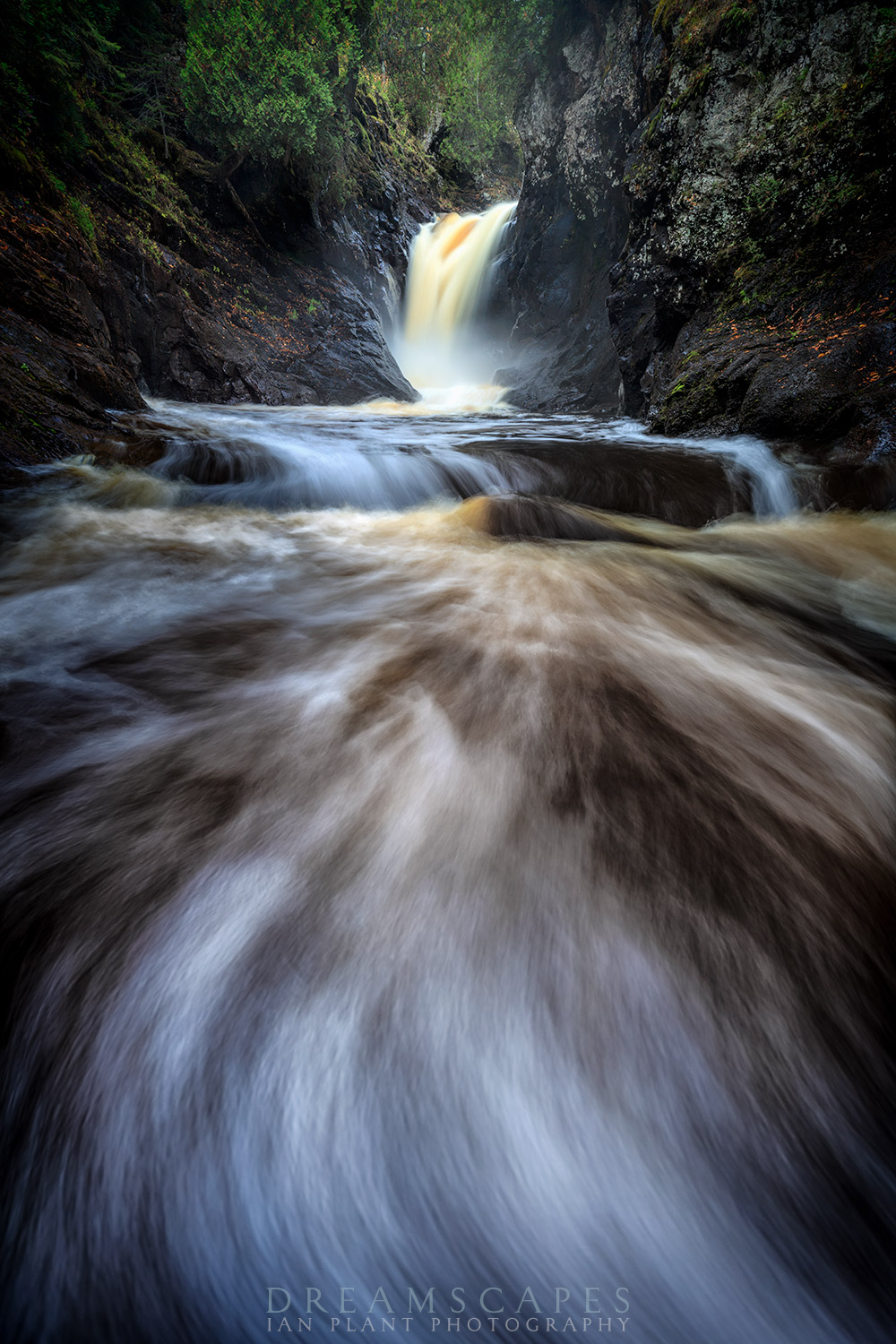

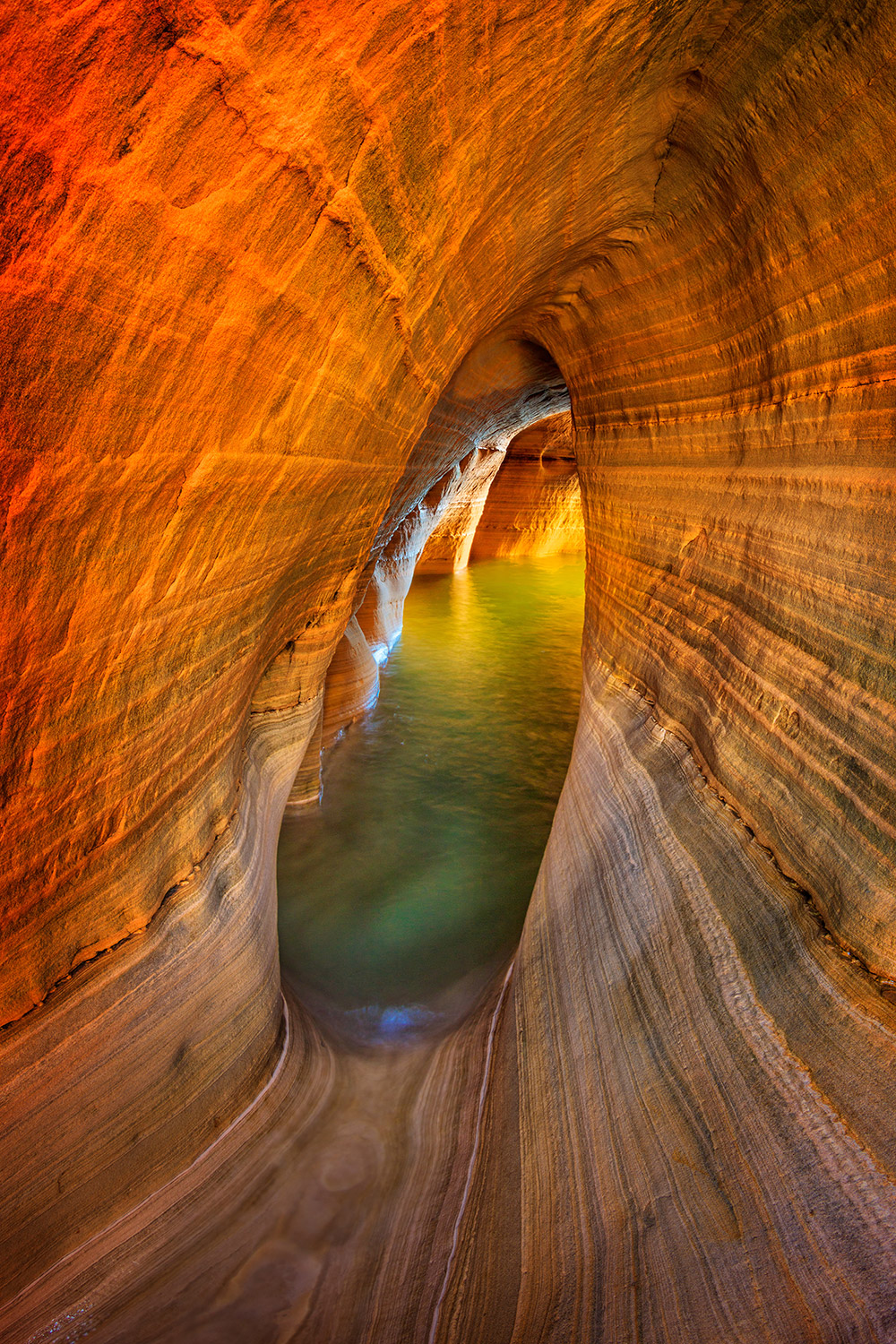
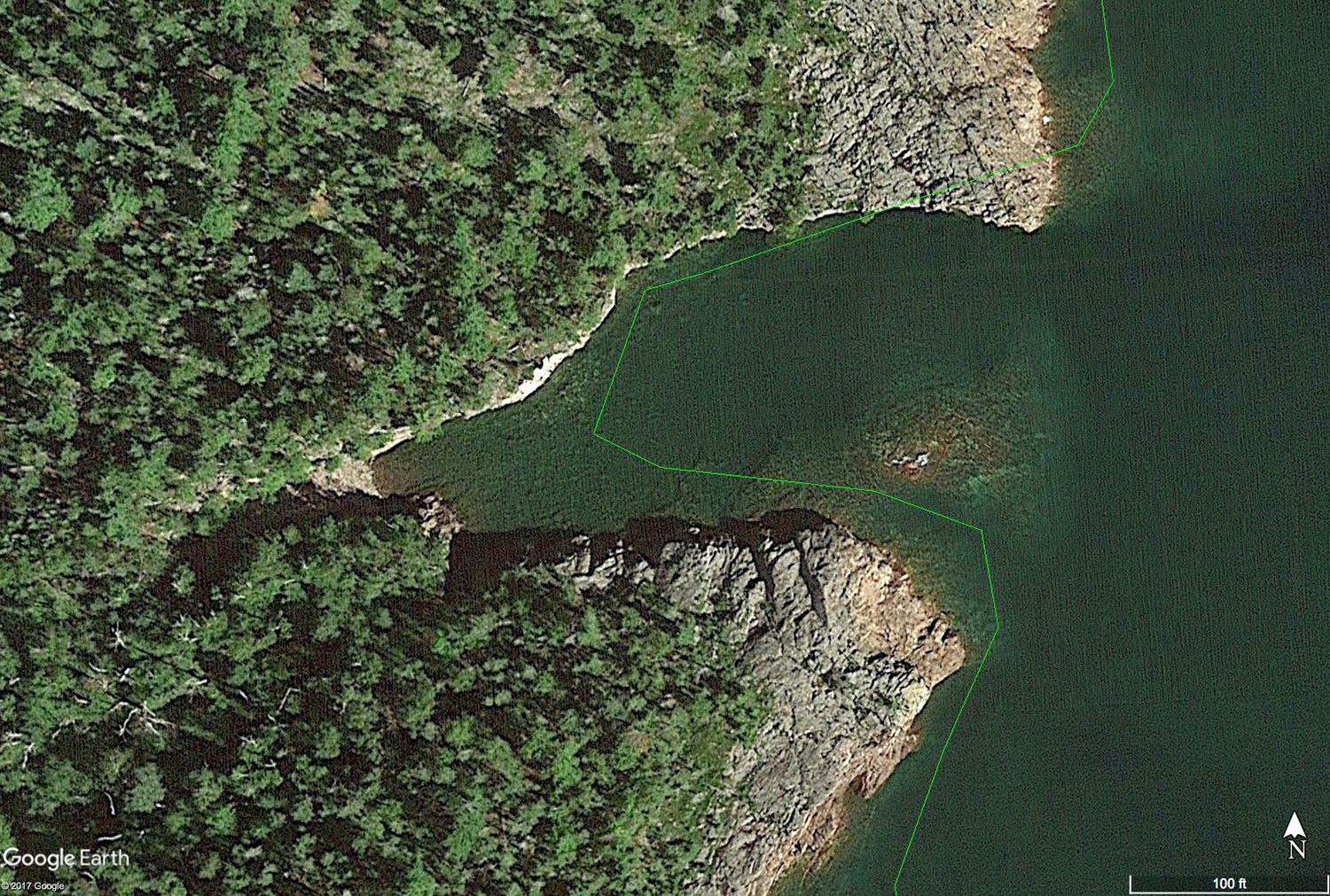


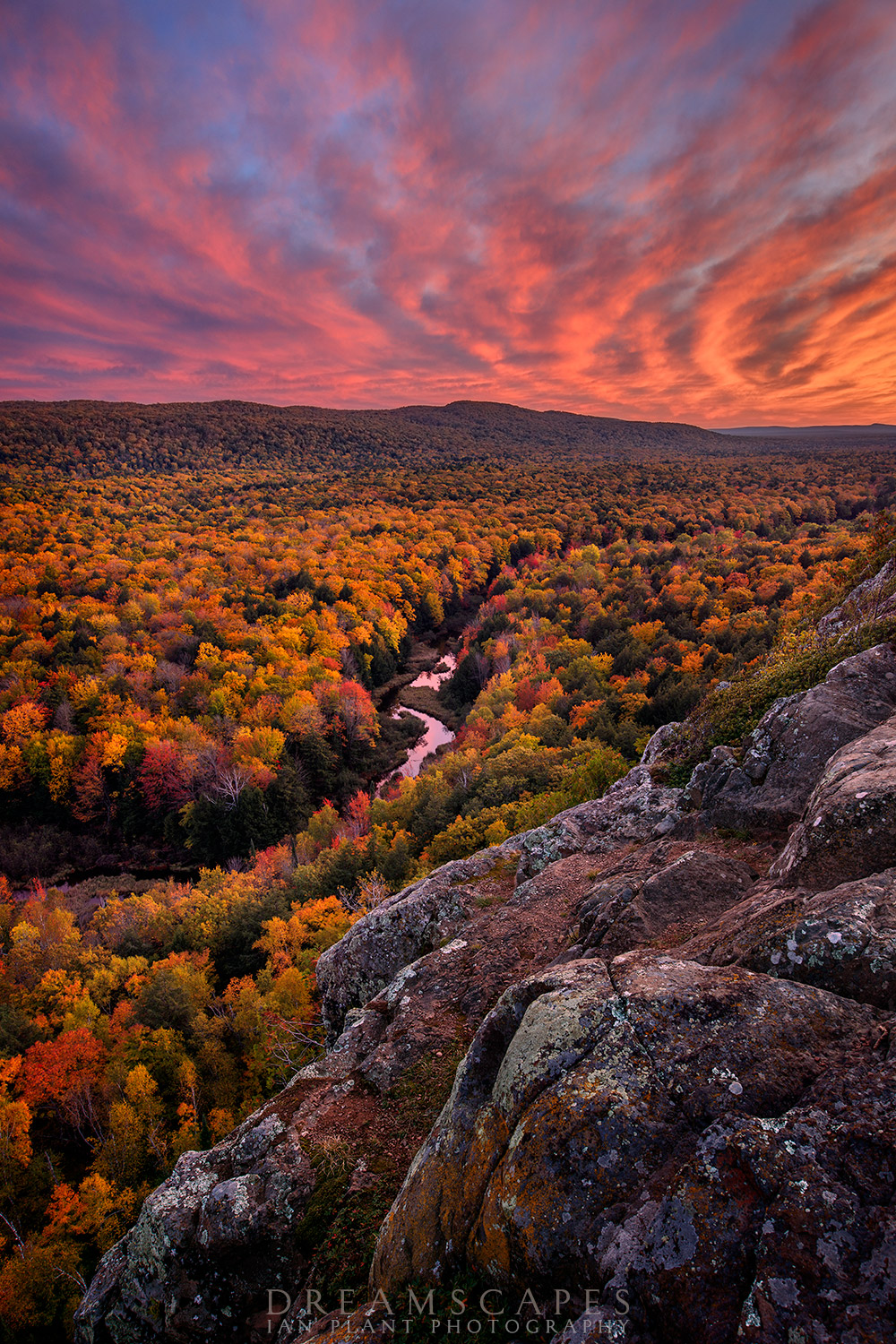
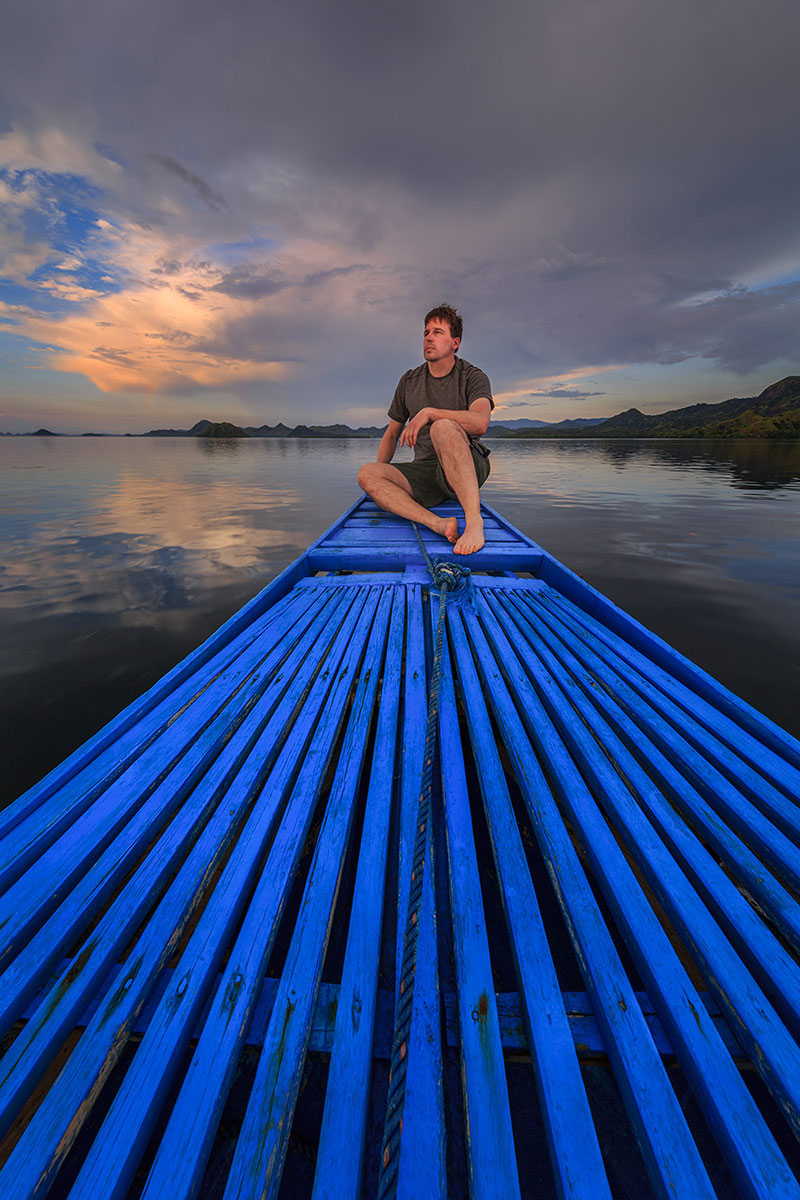

They're all beautiful, but for me, this one was outstanding: Rocks National Lakeshore, USA. The leading line at the bottom and through the water, the lines in the side walls of the cave, the layers of the multiple walls on the left also leading through the photo...there is So Much of interest here, it's quite captivating!
Great info in this article , i would also add that i find the best pics are taken when your in the right frame of mind and that your taking the photo because you want to and not because you have to , one little rule i live by is that if you have a hunch that there might be something round the corner of the river or the bend in the road there usually is and the best image that you might get on a shoot is usually the last one you take ;-)
What weather app(s) do you use? Great article and beautiful shots. Thanks.
In your bundle "focusing on landscapes" you also write about focus stacking, is this using photoshop or lightroom, as I only have LR? Do you also address the use of filters? Regards Cliff
Hi Ian, Your work never ceases to inspire! Thank you for sharing. Angela
Outstanding article and brilliant photography (few would think of "inserting" tentacles in the water the third one from the bottom)! Mes hommages!!